San Giovanni degli Eremiti
Behind medieval walls in a corner of bustling Palermo is a breathtaking former mosque once inhabited by a wolf-taming hermit.
In 1071, the 250-year Muslim rule of the Mediterranean island of Sicily was ushered to a close by an army of Normans. Though Roger I, known as the Great Count, destroyed the rule of the Emirs in Sicily, he didn’t do the same to the island’s Muslim inhabitants. They were tolerated (albeit in a subjugated status) in the 120 or so years of Norman rule of Sicily.
Likewise, the artistic and architectural heritage of Muslim Sicily wasn’t entirely destroyed upon the arrival of the Normans, but rather it was incorporated, along with that of the island’s other major group, Byzantine Greeks, into a stylistic fusion today known as the Arab-Norman style.
Few sites are as exemplary of the style that emerged in the Normans’ wake as Palermo’s San Giovanni degli Eremiti, or the Monastery of St. John of the Hermits. The site initially housed a Benedictine monastery founded by Pope Gregory the Great in 581. Upon the arrival of the Muslims—North African Berbers who in the 9th century wrested the island from the control of the emperor in Constantinople—the monastery was destroyed and rebuilt as a mosque.
In 1132, the Norman King Roger II, son of the Great Count, reconsecrated the mosque as a church. The king charged the monastery to the famous Sicilian hermit-monk Saint William of Montervergine, founder of an obscure Benedictine order known as the Williamites. William was known for keeping a domesticated wolf, who the hermit had miraculously tamed after the wolf had killed one of his donkeys.
San Giovanni’s most distinct feature are the striking red domes that deck the top of the church. These are likely not remnants of the previous mosque but rather Norman-era homages to the Arab style. The interior of the church is a Latin Cross plan decorated with austere white bricks, adjoined to the right by a square construction which is what is left of the old mosque.
Though the residential area of the monastery lies in ruin, the cloister is one of the best preserved highlights of San Giovanni. The decaying beauty of the monastery and the cloister’s labyrinthine columns are enhanced by a luscious garden of orange trees, towering palms, and prickly pears that encompasses the walled site.
Know Before You Go
San Giovanni degli Eremiti is open from 9 am to 7 pm Monday through Saturday. Entry is 6 euro for adults, 3 euro for children.


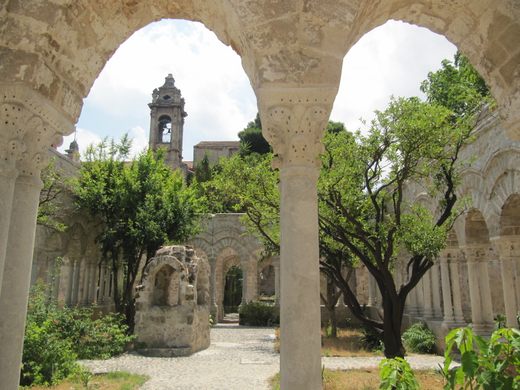





















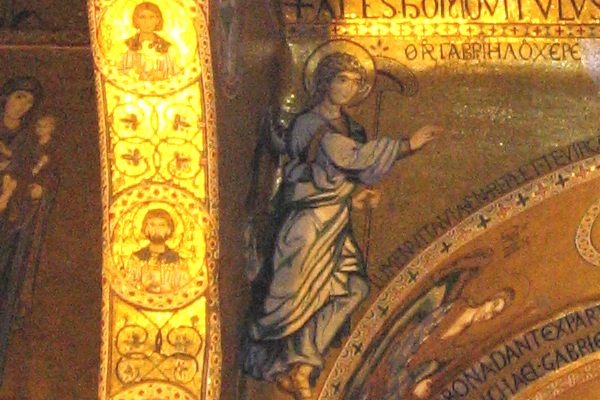


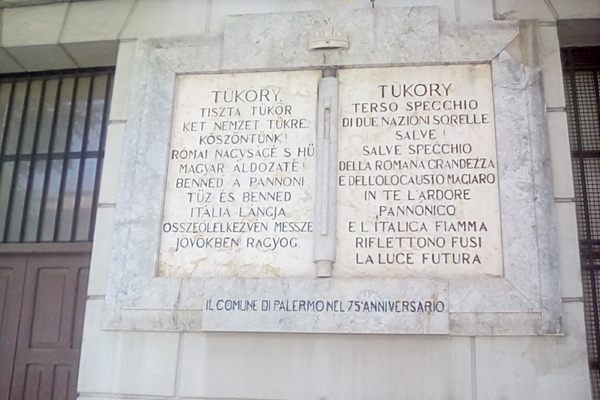

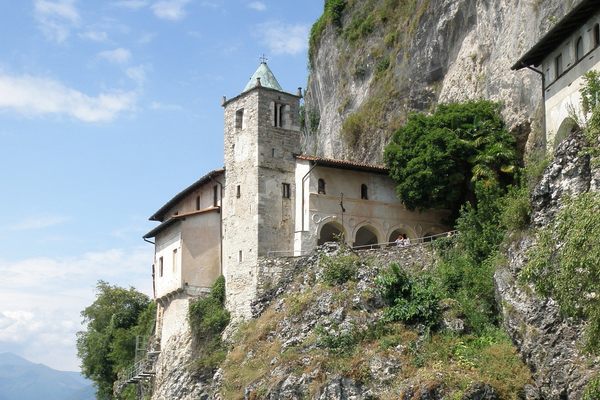

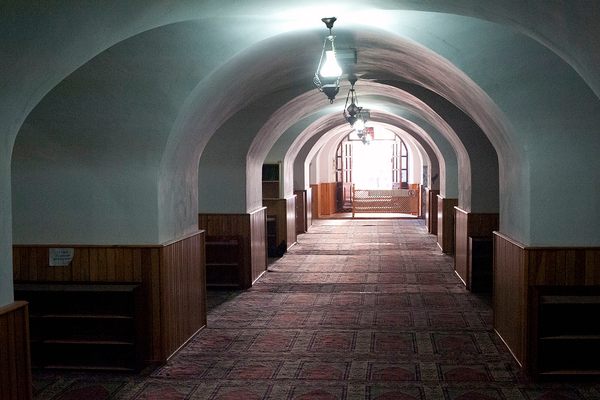

Follow us on Twitter to get the latest on the world's hidden wonders.
Like us on Facebook to get the latest on the world's hidden wonders.
Follow us on Twitter Like us on Facebook